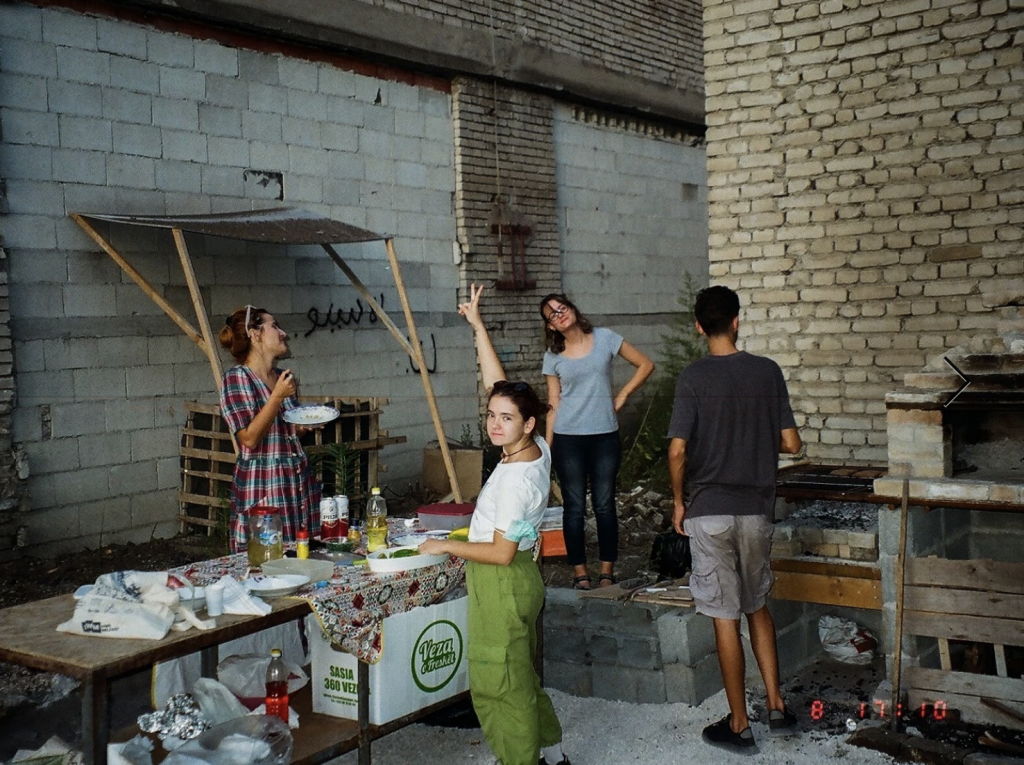Driving Question: What is a meaningful community project that I can provide to meet the needs of my local community?
Project Description: In collaboration with a Belgian, a Kosovar and a Macedonian NGO, my friends and I turned an abandoned building into a socio-cultural space. We transformed a potential threat for a neighborhood and a city at large into an opportunity for personal and community development. This project aims to reinforce existing local initiatives of young people and to guide that sense of initiative into concrete results.
The building was transformed in a matter of two weeks, and although there are still quite a few basic necessities missing, we’ve been able to start projects, keep it open during warm days, and organize events. The center is located in the suburbs of Tirana, which is not ideal as it is far away from the center, however it really provides insight into the aim of this space as it directly faces the reality of a marginalized community.
Uzina is a socio-cultural space with the aim of empowering the local community to transform ideas into action. We hope to bring about a Decentralized Renaissance in art, the politics of life, and culture. The goal of Uzina is to cultivate and encourage empathy, compassion, altruism and prosocial engagement. We continuously work (and play) to promote love for people, nature, culture and learning.
What were your goals for this project? We wanted to bring to life an old industrial building and build a connection amongst different organizations/groups of people who share a common goal.
By bringing together a diverse group of young people from different countries, and by working together to build this new space, we wanted to create an educational and social dynamic. Through collaborative project management, the participants gained and shared skills, deepened their understanding of other cultures, and felt part of a bigger whole.
By practicing collective group processes, participants had the opportunity to express themselves, and to experiment with ways of decision-making and executing them in joint cooperation.
What are you most proud of? I am proud to have persisted through unimaginable challenges while managing to adapt the project to different circumstances without changing the primary purpose.
The project was initially going to take place as a community program in a socio-cultural center, but then there was a risk of the social-center being shut down. I decided to transform the program into an after-school module that would take place in a classroom setting. COVID-19 occurred, which meant the module couldn’t be implemented during that timespan. And that led to the creation of a creativity module handbook, which can be used to design and facilitate an after-school creativity module for students 10-12 years old.
